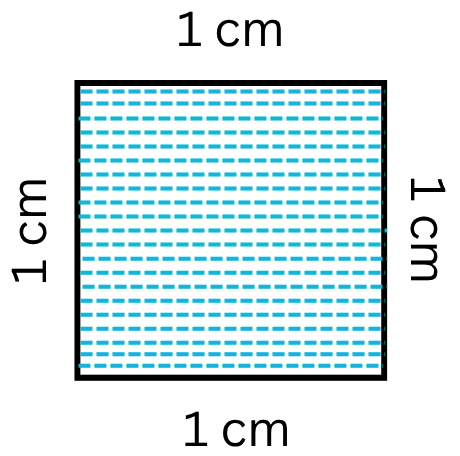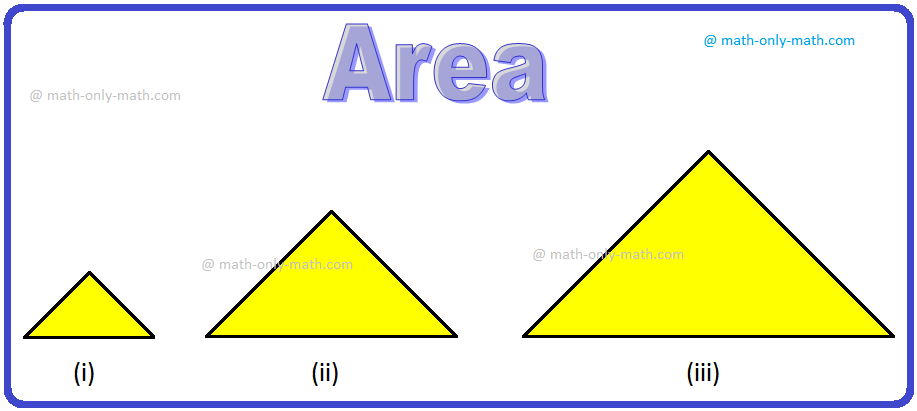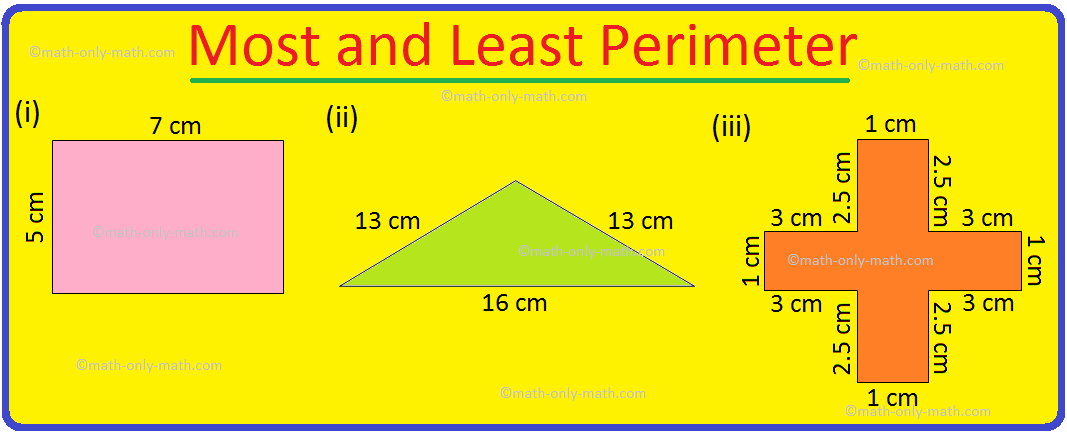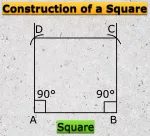Subscribe to our ▶️YouTube channel🔴 for the latest videos, updates, and tips.
Home | About Us | Contact Us | Privacy | Math Blog
Conjugate Surds
The sum and difference of two simple quadratic surds are said to be conjugate surds to each other.
Conjugate surds are also known as complementary surds.
Thus, the sum and the difference of two simple quadratic surds 4√7and √2 are 4√7 + √2 and 4√7 - √2 respectively. Therefore, two surds (4√7 + √2) and (4√7 - √2) are conjugate to each other.
Similarly, two surds (-2√5 + √3) and (-2√5 - √3) are conjugate to each other.
In general, two binomial quadratic surds (x√a + y√b) and (x√a - y√b) are conjugate to each other.
In complex or binominal surds, if sum of two quadratic surds or a quadratic surd and a rational number is multiplied with difference of those two quadratic surds or quadratic surd and rational number, then rational number under root of surd is get squared off and it becomes a rational number as product of sum and difference of two numbers is difference of the square of the two numbers.
a2−b2=(a+b)(a−b).
The sum and difference of two quadratic surds is called as conjugate to each other. For example √x = a and √y = b, a and b are two quadratic surds, if (a + b) or (√x+√y) is multiplied with (a - b) or (√x−√y), the result will (√x)2 - (√y)2 or (x - y) which is rational number. Here (√x+√y) and (√x−√y) are conjugate surds to each other and the process is called as rationalization of surds as the result becomes a rational number. This process is used for fraction expression of complex surds, where the denominator needs to converted to a rational number eliminating the roots of surds, conjugate surds multiplied to both numerator and denominator and denominator becomes rational.
Like for example, if simplification of the complex surd 6√3−1 is to be done, denominator √3−1 is to be converted to a rational number. If a = √3 and b = 1, then denominator is (a-b), if we multiply (a + b) or √3+1, it will a2−b2 and √3 will be squared off.
6√3−1
= 6(√3+1)(√3−1)(√3+1)
= 6(√3+1)3−1
= 6(√3+1)2
= 2(\sqrt{3} + 1).
In the above example √3+1 is used as rationalizing factor which is a conjugate to √3−1.
Note:
1. Since 3 + √5 = √9 + √5 and surd conjugate to √9 + √5 is √9 - √5, hence it is evident that surds 3 + √5 and 3 - √5 are conjugate to each other.
In general, surds (a + x√b) and (a - x√b) are complementary to each other.
2. The product of two binomial quadratic surds is always rational.
For example,
(√m + √n)(√m - √n) = (√m)^2 - (√n)^2 = m - n, which is rational.
Here are some examples of conjugates in the following table.
|
(√2+√3) (√5+√3) √2+1 (4√2+2√3) (√x+y) (a√x+b√y) |
(√2−√3) (√5−√3) √2−1 (4√2−2√3) (√x−y) (a√x−b√y) |
Problems on conjugate surds:
1. Find the conjugates of the following surds.
(√5+√7), (4√11−3√7), 3√17+19, (a√b−b√a).
Solution:
|
Given Surds (√5+√7) (4√11−3√7) 3√17+19 (a√b−b√a) |
Conjugate (√5−√7) (4√11+3√7) 3√17−19 (a√b+b√a) |
2. Simplify the surd 2√5−12√5+1 by using conjugate surd.
Solution:
= 2√5−12√5+1
As the denominator is 2√5+1, for rationalization of the surd, we need to multiply both numerator and denominator by the conjugate surd 2√5−1.
= (2√5−1)(2√5−1)(2√5+1)(2√5−1)
= (2√5−1)25−1….. as we know (a+b)(a−b)=a2−b2
= ((2√5)2−2×√5+12)4
= 5−2√5+14
= 6−2√54
= 2(3−√5)4
= 3−√52
3. Rationalize the surd √2√x−√2.
Solution:
√2√x−√2
As the denominator is (√x−√2), the conjugate surd is (√x+√2), we need to multiply the conjugate surd with both numerator and denominator to rationalize the surd.
= (√2)(√x+√2)(√x−√2)(√x+√2)
= √2x+2x−2.
4. Rationalize the surd √52√7−3√5.
Solution:
√52√7−3√5
As the denominator is (2√7−3√5), the conjugate surd is (2√7+3√5), we need to multiply the conjugate surd with both numerator and denominator to rationalize the surd.
= √5×(2√7+3√5)(2√7−3√5)(2√7+3√5)
= 2√35+3×5(2√7)2−(3√5)2
= 2√35+154×7−9×5
= 2√35+1528−45
= −(2√35+15)17
● Surds
- Definitions of Surds
- Order of a Surd
- Equiradical Surds
- Pure and Mixed Surds
- Simple and Compound Surds
- Similar and Dissimilar Surds
- Comparison of Surds
- Addition and Subtraction of Surds
- Multiplication of Surds
- Division of Surds
- Rationalization of Surds
- Conjugate Surds
- Product of two unlike Quadratic Surds
- Express of a Simple Quadratic Surd
- Properties of Surds
- Rules of Surds
- Problems on Surds
11 and 12 Grade Math
From Conjugate Surds to HOME PAGE
Didn't find what you were looking for? Or want to know more information about Math Only Math. Use this Google Search to find what you need.
Recent Articles
-
Worksheet on Area of a Square and Rectangle | Area of Squares & Rectan
Jul 19, 25 05:00 AM
We will practice the questions given in the worksheet on area of a square and rectangle. We know the amount of surface that a plane figure covers is called its area. 1. Find the area of the square len… -
Area of Rectangle Square and Triangle | Formulas| Area of Plane Shapes
Jul 18, 25 10:38 AM
Area of a closed plane figure is the amount of surface enclosed within its boundary. Look at the given figures. The shaded region of each figure denotes its area. The standard unit, generally used for… -
What is Area in Maths? | Units to find Area | Conversion Table of Area
Jul 17, 25 01:06 AM
The amount of surface that a plane figure covers is called its area. It’s unit is square centimeters or square meters etc. A rectangle, a square, a triangle and a circle are all examples of closed pla… -
Worksheet on Perimeter | Perimeter of Squares and Rectangle | Answers
Jul 17, 25 12:40 AM
Practice the questions given in the worksheet on perimeter. The questions are based on finding the perimeter of the triangle, perimeter of the square, perimeter of rectangle and word problems. I. Find… -
Formation of Square and Rectangle | Construction of Square & Rectangle
Jul 16, 25 11:46 PM
In formation of square and rectangle we will learn how to construct square and rectangle. Construction of a Square: We follow the method given below. Step I: We draw a line segment AB of the required…






New! Comments
Have your say about what you just read! Leave me a comment in the box below. Ask a Question or Answer a Question.